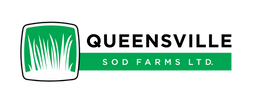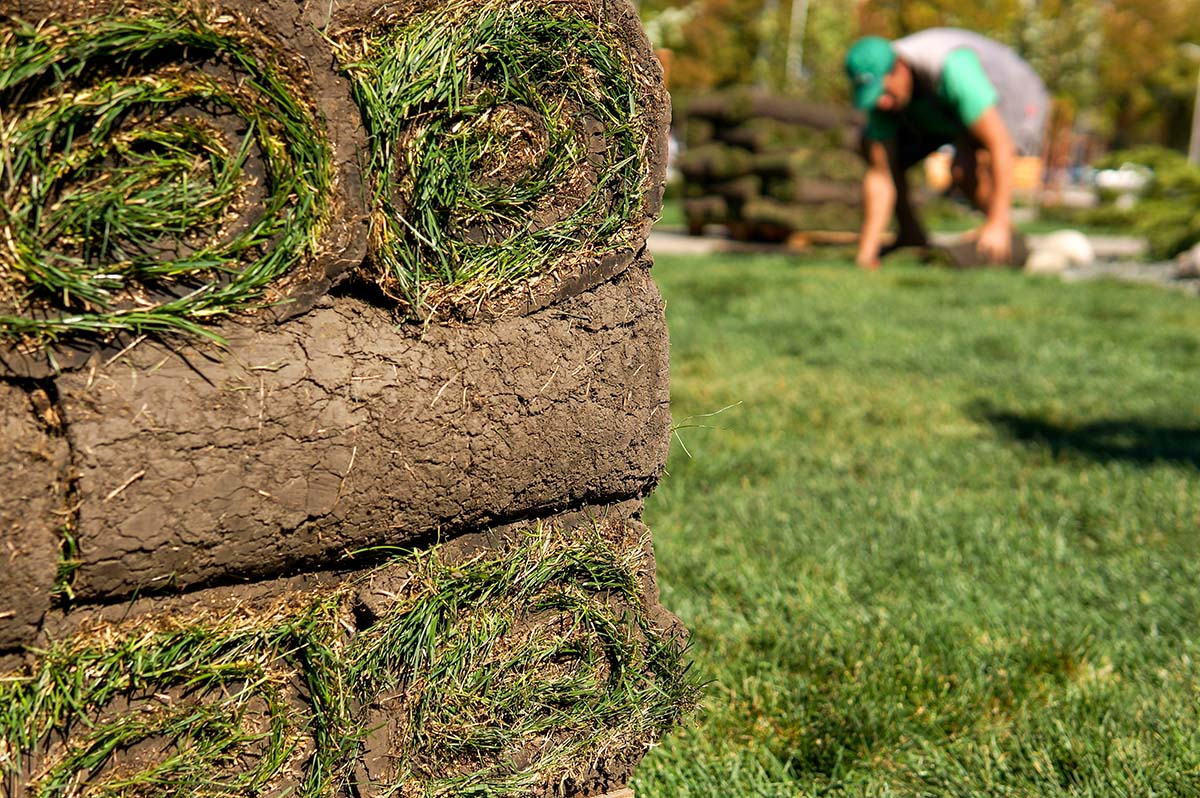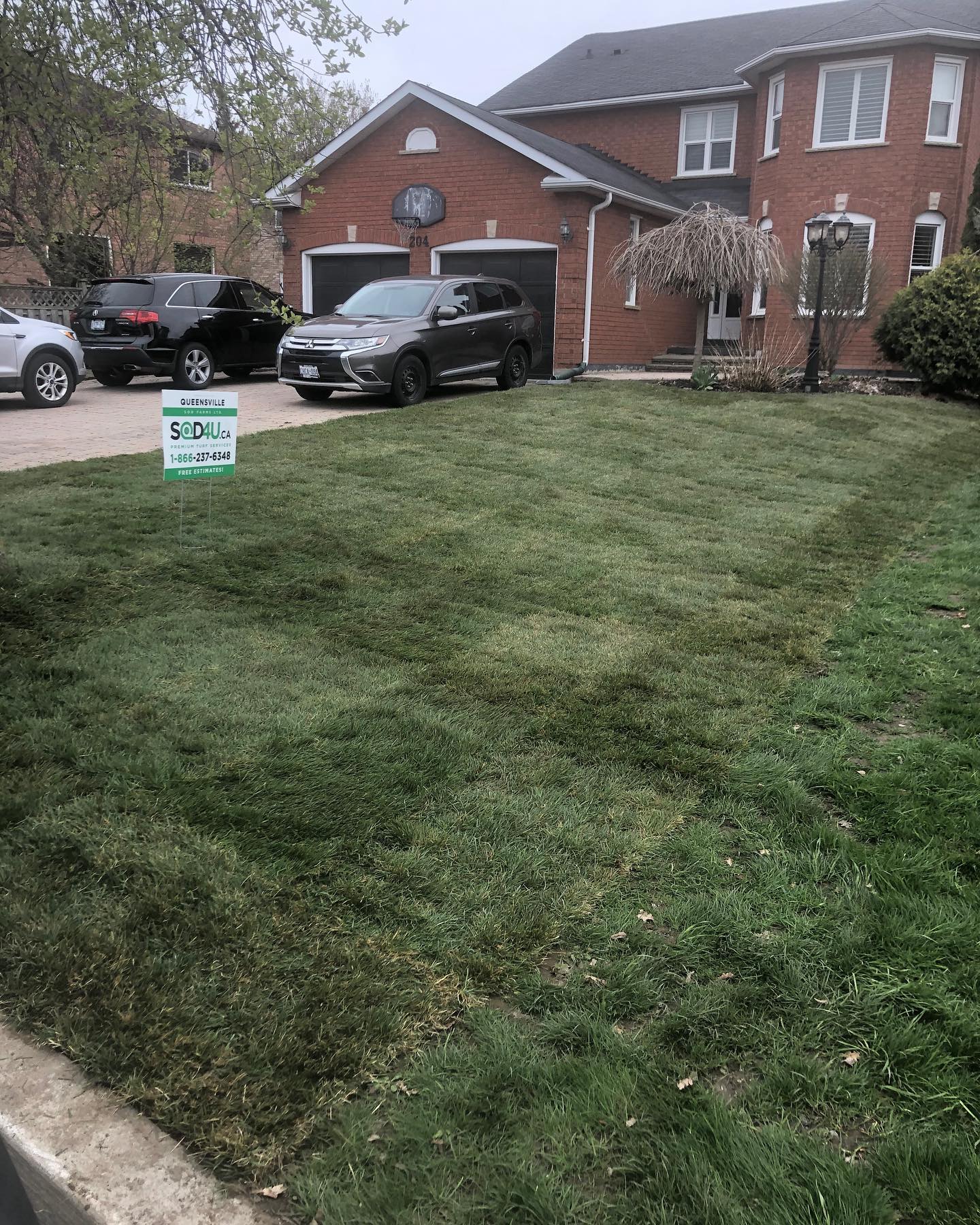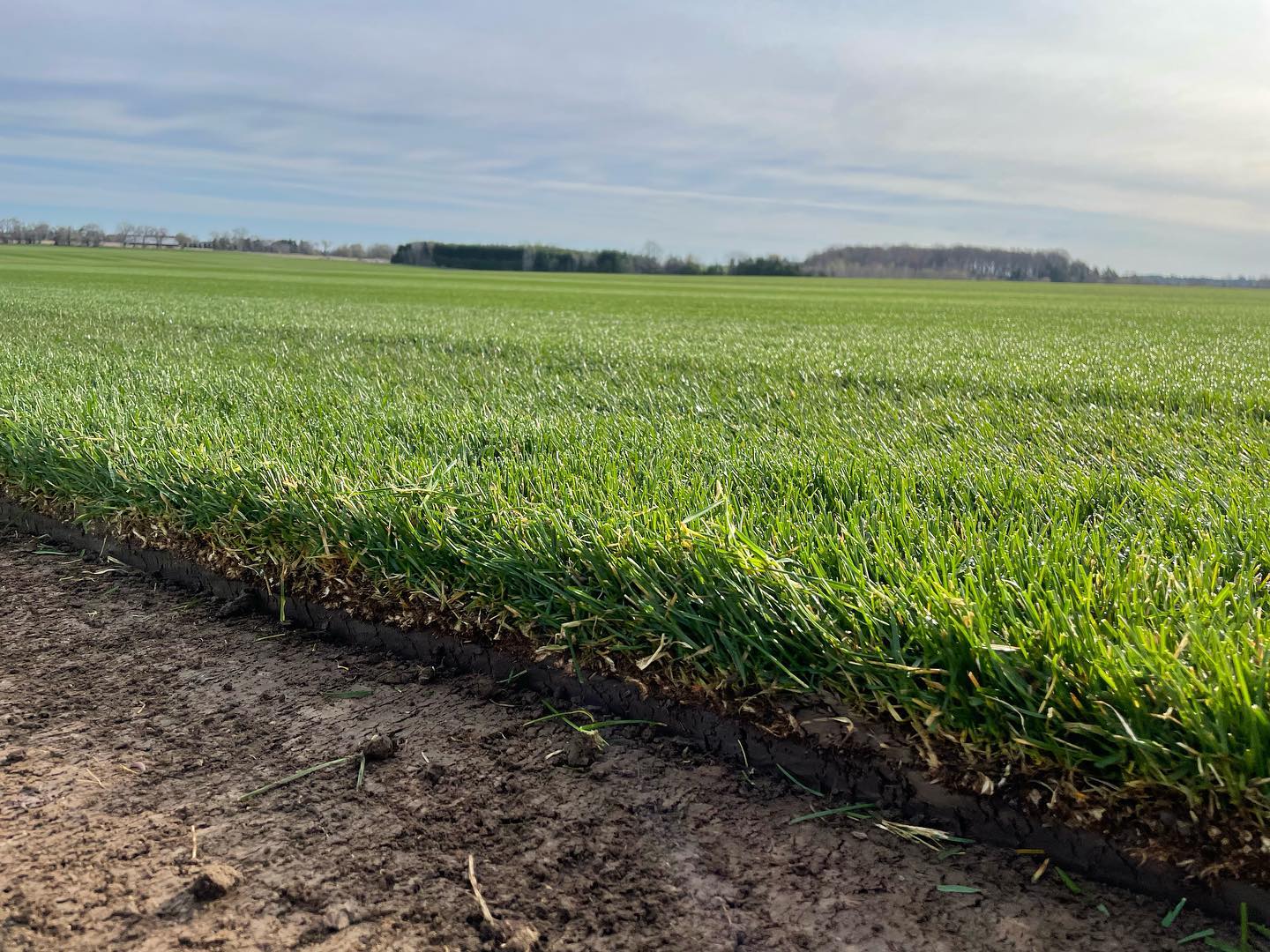Sure, the grass is always greener on the other side, but what about turf? You might not be too surprised that we at Queensville Sod prefer grass lawns to those with artificial grass, but we want to help you weigh your options. There are certainly some appealing aspects for why people choose to replace their lawn with artificial turf. However, we’ll explain some of the severe drawbacks for why we think you shouldn’t go turf.
Cost
Installing artificial turf is more expensive than sod. While that artificial turf might come with reduced maintenance that reduces your labor and potentially your water bill, there are other long-term costs to artificial turf. Artificial grass wears out over 8-10 years, requiring the expense of a complete replacement. While a grass lawn might have some more continuous upkeep, it will cost significantly less up front AND over time than an artificial one.
Wear and Tear
Furthermore, an artificial lawn isn’t free from its own maintenance. Plastic turf can also be damaged or worn in specific areas. However, unlike grass which can spread, grow back, and be reinvigorated, turf needs to be replaced. That can be a more laborious or expensive process.
Plastic
Artificial grass is made from plastic, and a lot. While it depends on the type, the average turf weighs 2.2kg per m2. That’s about 79 plastic bottles per one square meter of turf. A small yard of only 300 m2 will need the same plastic to make 23,700 bottles. Over a ten-year cycle replacement cycle, that is 6.5 plastic bottles a day.
That plastic also comes with a serious environmental impact afterward. Turf can be made from recycled materials, such as plastic from old tires. However, the complex composition of the turf combined with the contaminants it collects over years of use make it too complex to be recycled in most facilities. Instead, it ends up in landfills. Old grass, however, decays naturally and increases the nutrients of a lawn for new growth.
A Hot Yard
The plastic composition of artificial turf means that it retains heat. You’ve probably walked on a linoleum porch or plastic matt that has been lying in the sun. They get hot. Grass lawns stay cool because grass contains water and it can defuse the heat into the ground, which itself heats much slower. This is the same reason basements stay cool as well. Artificial Turf creates a plastic layer over that cool earth, which absorbs all the heat. On hot summer days, a familiar occurrence in Ontario, turf can get up to 20°C hotter than a grass lawn. That can make them hot enough so that you can’t walk comfortably on the lawn with bare feet.
Reduced Drainage and Risk of Flooding
If heat is familiar territory in Ontario during the summer, so are our regular periods of intense rain. Unfortunately, turf also severely impacts a lawn’s drainage. The soil underneath turf must be packed down and compacted so that the turf can be laid flat. However, this compression also reduces the soil’s ability to absorb water. The turf itself cannot absorb water and instead creates increased runoff for other drains. This means that in periods of heavy rain, turf lawns can easily cause flooding since the water cannot drain quickly.
A Less Natural Space
While some animals can be pests, grass lawns also attract a lot of pleasant natural wildlife. Birds, squirrels, butterflies, bees, and maybe even the occasional deer are all happy visitors who help beautify the natural space of a grassy yard. That natural exposure has been seen to have direct health benefits for humans. However, none of these creatures have a reason or desire to visit plastic grass. As a result, a turf yard can suddenly become a starkly unnatural space for missing more than just real grass.
Damage to Soil Underneath
There are also animals underneath the soil such as worms, certain insects, and microscopic animals. These increase the soil’s health but rely on the natural debris that accumulates and is broken down in a grass lawn’s soil. Over time, turf lawns will deprive the soil underneath of these nutrients and life. While that isn’t a problem for the plastic turf, it has a severe effect on your soil’s health. If your lawn also has trees or a garden, turf can negatively impact their growth as well.
Professional Athletes Prefer Natural Turf
Professional and non-professional athletes have been playing sports on natural grass for millennia and it’s remained their preference. Along with being cooler, natural turf yields better to running steps, providing a cushioned surface compared to the harder, compact surface of artificial turf. Natural grass also has better traction than artificial turf, allowing for greater agility and control. Together, the softer surface and better tractions also reduce the risks of serious injury. As a result, athletes consistently show a preference for playing on real grass.
Grass is Always Greener
Turf might seem easy, but that artificial grass has some real impacts on your lawn for why we believe you shouldn’t go turf. That plastic yard might seem a futuristic or even modern option, but grass and sod are more than time-tested. We recommend weighing artificial turf’s few benefits against these financial, environmental, and functional costs.





